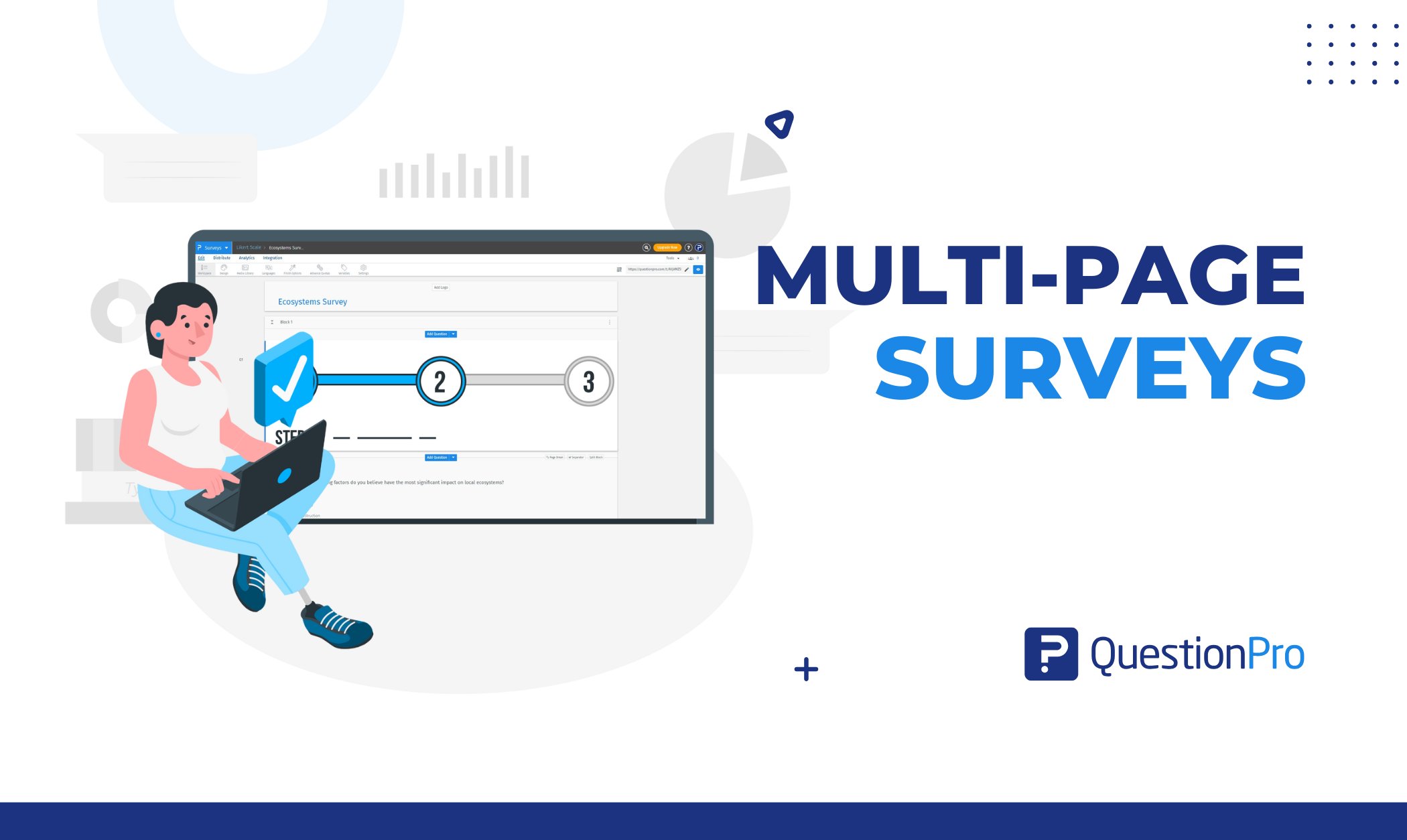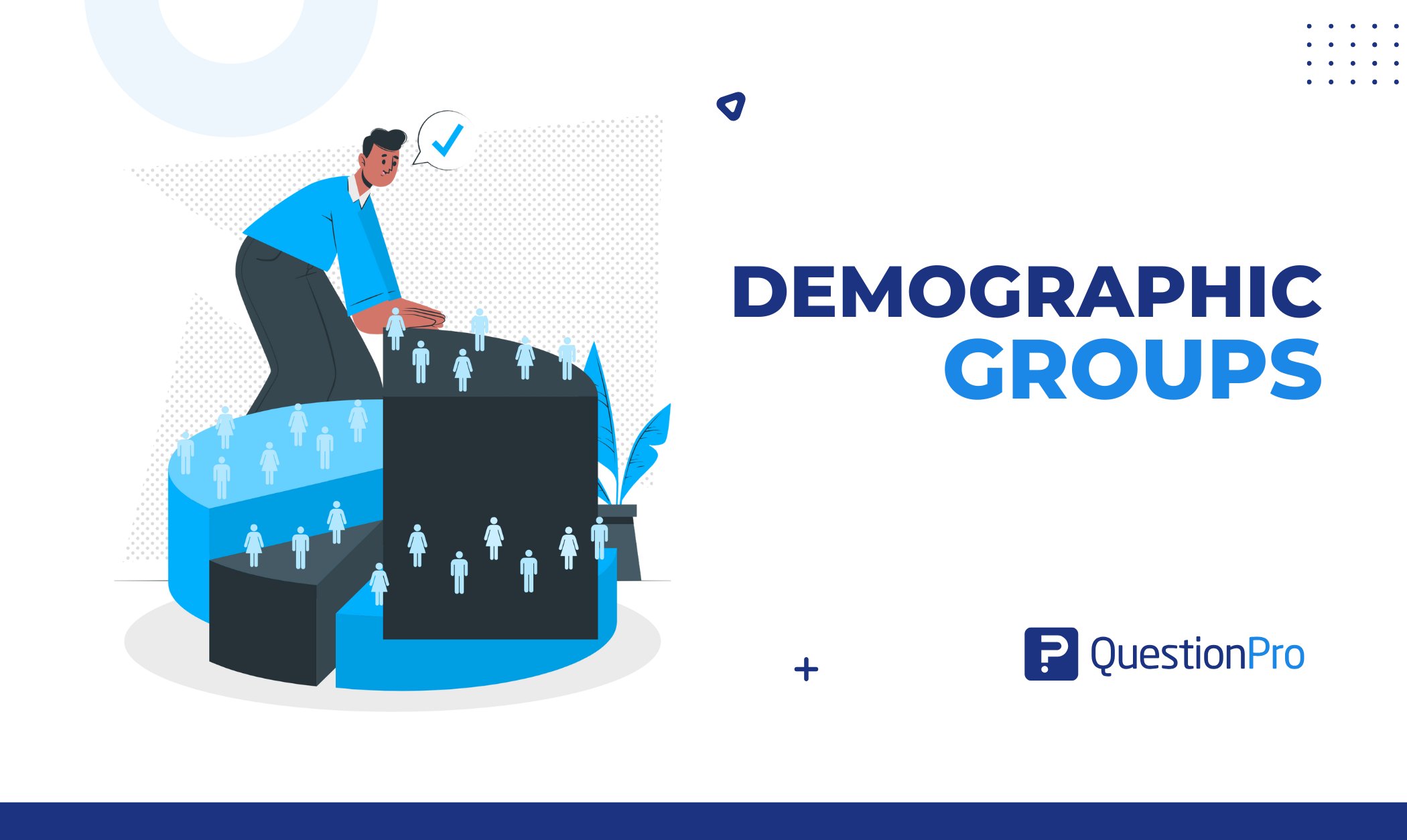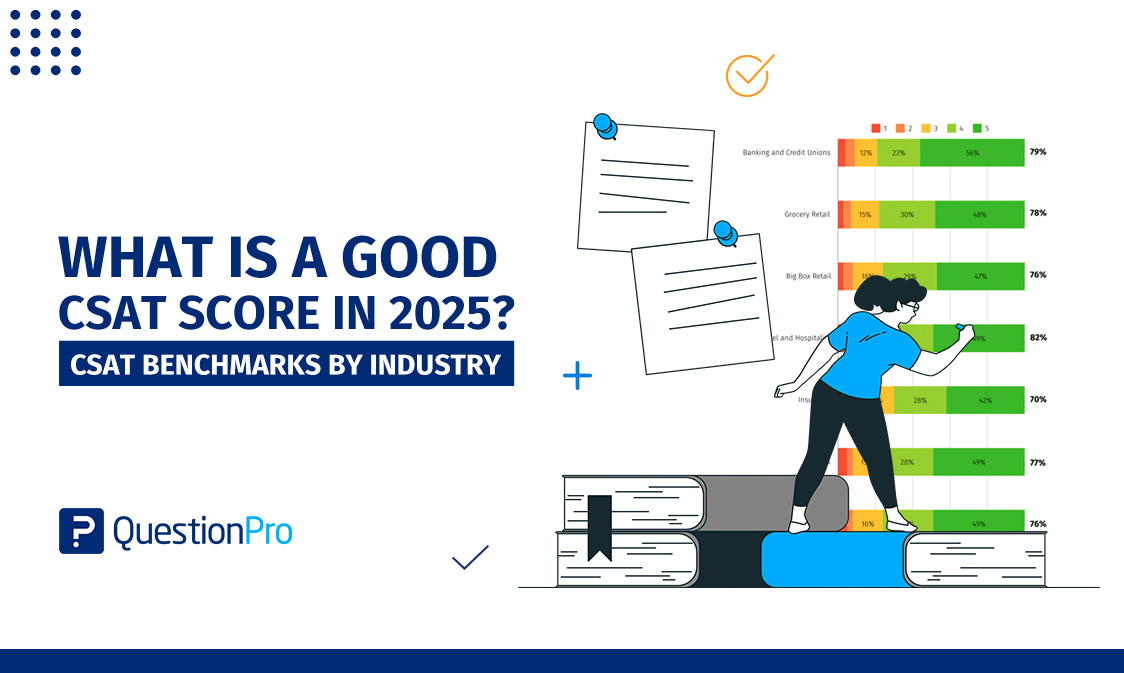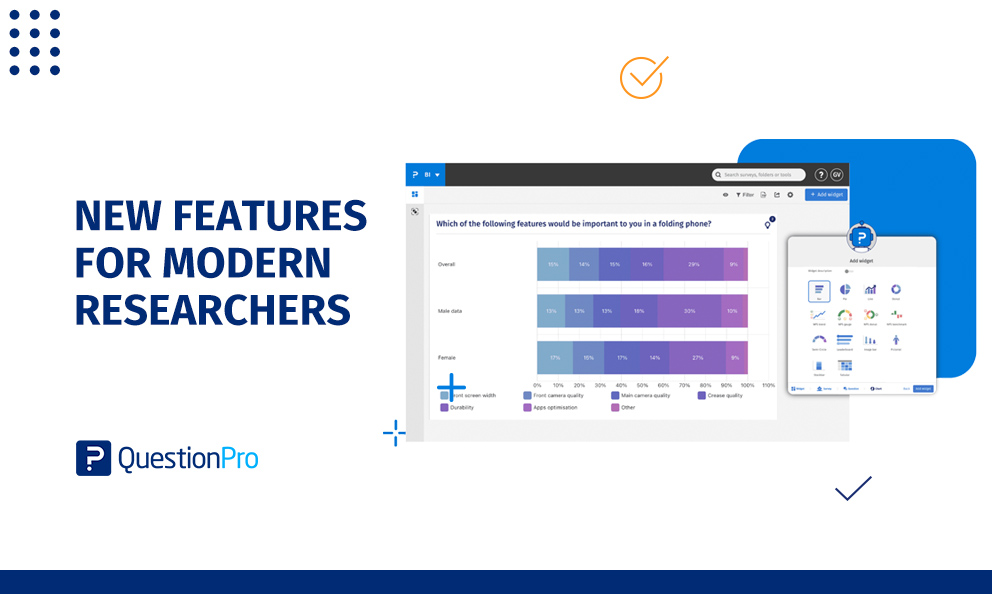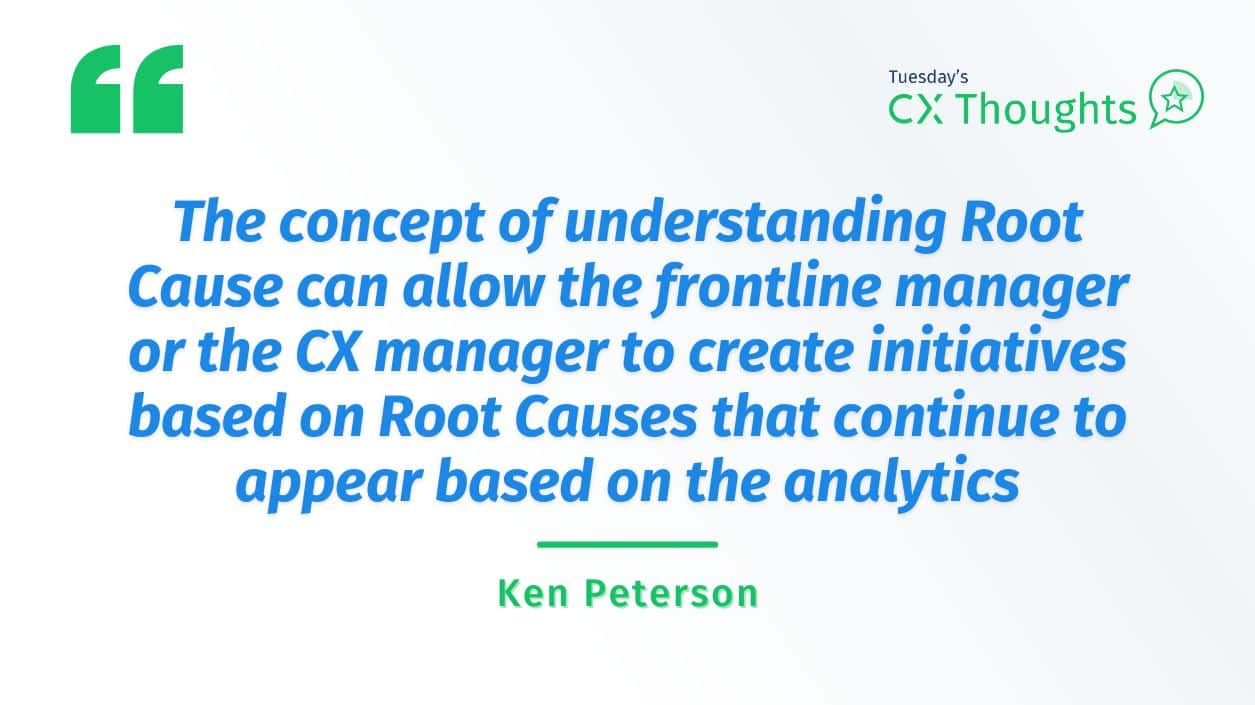
Customers can be demanding. They want a good price. They want variety. They want fast service. They want personalization. They want privacy. This demand creates a lot of work for brands that try to meet these varied – and sometimes contradictory – needs. I am one of those customers. When I travel, I want to see a consistent experience throughout the varied hotels where I stay – it is why I am loyal to two specific brands. I know what to expect – both in terms of rooms and their technology. I know one is better about allowing me to request early check-in, whereas the other gives me a mobile door key and usually alerts me exactly when my room is ready.
Don’t Miss Out This Week’s Video Summary below:
I have found that a few of these hotels have some early interactions prior to my arrival. Sometimes they will ask if I need any special requests for my room, sometimes it will alert me to special events that I should be aware of and other times it is just a friendly welcome reminder. Last week, I got one of those messages.
Last week, I had two problems with this “personal” message. The first, despite my salutation clearly being indicated in my profile (yes, I even checked), I was addressed with a generic “Mr./Ms.” in this welcome message. I can see reasons for having it generic, but there can be better ways like “Welcome Diamond Guest Peterson”.
For me, the larger problem can be seen in the time of this message. With a 3pm check-in time, I was already being asked about my satisfaction with my room before I arrived at the hotel. In fact, I was still in another hotel when the message came in, how could I possibly know.
Most customers are able to overlook some of the missed opportunities for personalization. However, the presentation and content of this message made it quite apparent that there was no personalization – and that it was just a mass-produced attempt to appear personalized. About the only way it could be any worse would be if my last name were replaced with {{Last Name}} (those in marketing know what I’m talking about).
Ultimately, messaging and customer communications should be authentic. Just like an approach in customer experience measurement. The invitation should have some personalized fields and direct them to a survey specifically thinking about the touchpoint they experienced – without all the “Did you shop in {{name}} department?” questions.
Within QuestionPro, we use QuestionPro CX Workflow to allow the right person to get the right invitation to the right survey with all indicated fields personalized. When a customer is dissatisfied, we can create a ticket to respond to the customer. With our enhanced Closed Loop Feedback, templates can be created as a starting point for responding to the customer, but with information about the survey or the circumstances behind the service failure that can be integrated into the personalized response before it is sent.
Across all our customer experience management tools, the concept of understanding Root Cause can allow the frontline manager or the CX manager to create initiatives based on Root Causes that continue to appear based on the analytics. Our QuestionPro CX tools allow a personalized approach to customer experience measurement and management – in that drive towards Understanding Journeys and Taking Actions – our philosophical approach to voice-of-the-customer. Going beyond individual touchpoints, our recently relaunched Customer Journey Management tool allows brands to create nested journey management maps and integration of live survey data into map metrics.
It is the reason that QuestionPro is the only customer experience software company that was rated as a leader in both Voice-of-the-Customer and Customer Journey Mapping SPARK Matrix reports from industry analysts Quadrant Knowledge Solutions. At QuestionPro CX, we our proud that we have received these esteemed honors. You can read more about it here.




